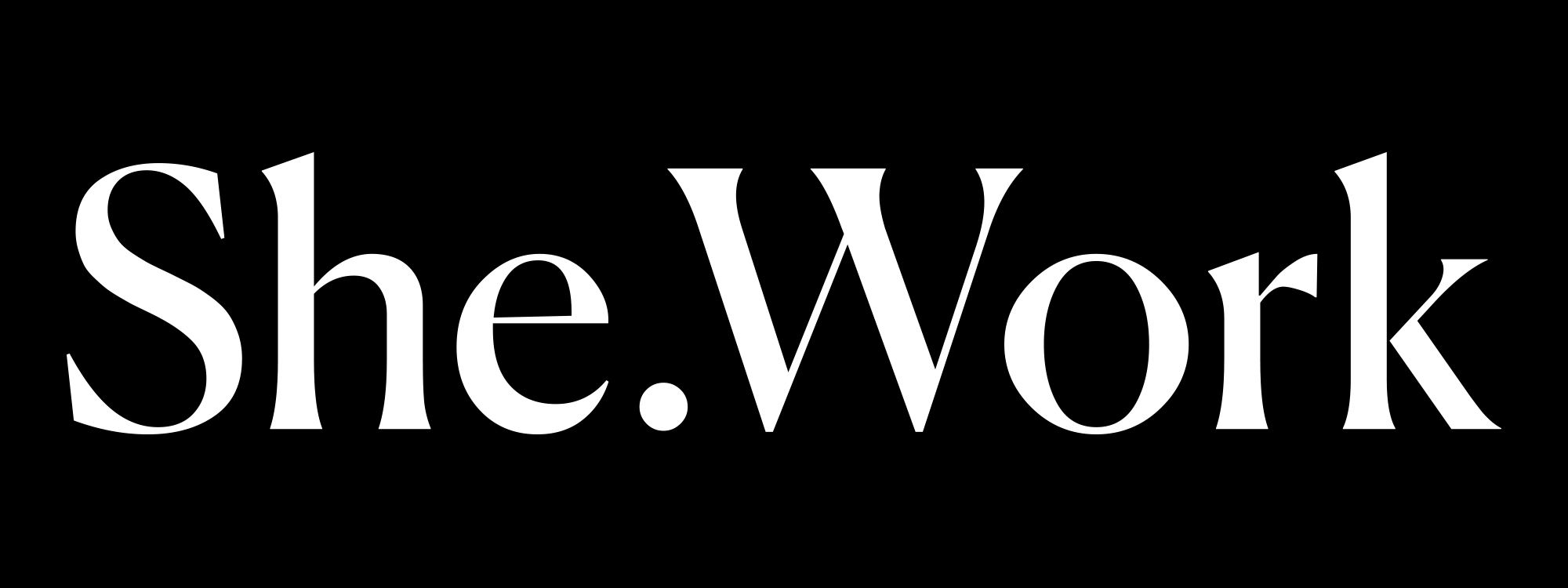The wage gap is a term used to describe the difference in earnings between various groups, typically categorized by gender, race, or ethnicity. The most commonly discussed wage gap is the gender pay gap, which highlights how women, on average, earn less than men for the same work or work of equal value. However, wage disparities also affect people of color, LGBTQ+ individuals, and other marginalized communities, often intersecting with other forms of discrimination.
The wage gap is measured as a percentage of one group’s earnings compared to another. For instance, in the United States, women earn approximately 82 cents for every dollar earned by men, with the gap being wider for women of color.
Key Causes of the Wage Gap
- Occupational Segregation:
Certain industries and roles, often lower-paying, are dominated by women or minorities. For example, women are overrepresented in caregiving roles that traditionally offer lower wages. - Unconscious Bias:
Stereotypes and biases about gender, race, or ethnicity can influence hiring, promotions, and salary decisions, often leading to lower pay for marginalized groups. - Education and Experience Gaps:
Access to education and opportunities can vary based on socioeconomic background, impacting career progression and earning potential. - Negotiation Disparities:
Social norms and biases may discourage women and minorities from negotiating salaries or may penalize them when they do, resulting in lower starting pay and slower salary growth. - Work-Life Balance Pressures:
Caregiving responsibilities, often disproportionately shouldered by women, can lead to career interruptions or part-time work, impacting long-term earnings.
Impact of the Wage Gap
- Economic Disadvantage: Reduced earnings lead to less financial security, lower savings, and greater vulnerability in times of economic downturn.
- Reduced Retirement Savings: Lower lifetime earnings mean smaller contributions to retirement accounts, impacting financial stability in later life.
- Limited Access to Opportunities: Wage disparities can hinder access to homeownership, education, and healthcare.
- Mental Health Strain: Persistent inequities contribute to stress, decreased job satisfaction, and lower morale.
Strategies for Closing the Wage Gap
- Conduct Pay Audits:
Regularly assess pay structures to identify and address disparities. Ensure audits are transparent and involve all stakeholders. - Implement Transparent Pay Policies:
Clearly define criteria for salary, raises, and promotions to prevent bias and ensure fairness. - Encourage Salary Negotiation:
Provide training and support to empower all employees to negotiate fair pay without fear of repercussions. - Support Work-Life Integration:
Offer flexible work arrangements, paid parental leave, and childcare support to accommodate caregiving responsibilities. - Promote Diversity in Leadership:
Ensure diverse representation in leadership roles, as decision-makers can influence equitable pay practices. - Educate and Train Leaders:
Provide training on unconscious bias, diversity, and inclusion to all managers and HR professionals.
Legislative Efforts and Advocacy
Governments and advocacy groups play a crucial role in addressing wage disparities. Policies like the Equal Pay Act, the Lilly Ledbetter Fair Pay Act, and minimum wage legislation aim to reduce income inequality. Additionally, movements such as #EqualPayDay raise awareness about the wage gap and advocate for systemic change.
Creating a Culture of Pay Equity
Addressing the wage gap requires concerted efforts from individuals, organizations, and policymakers. By fostering transparent pay practices, promoting diversity, and challenging biases, we can work toward a more equitable workforce where everyone’s contributions are valued equally.
Remember: equity is not just a goal—it’s a responsibility. Commit to closing the gap, champion fairness, and build a workplace where everyone’s worth is recognized and rewarded.
✿ Thank you for reading!
Subscribe to be our bestie, no spam—just good vibes once a month.
✱ If you liked this article, please share it with a friend who could use inspiration.
If you have a topic in mind or a story to share anonymously or with your name, email us at team@she.work





